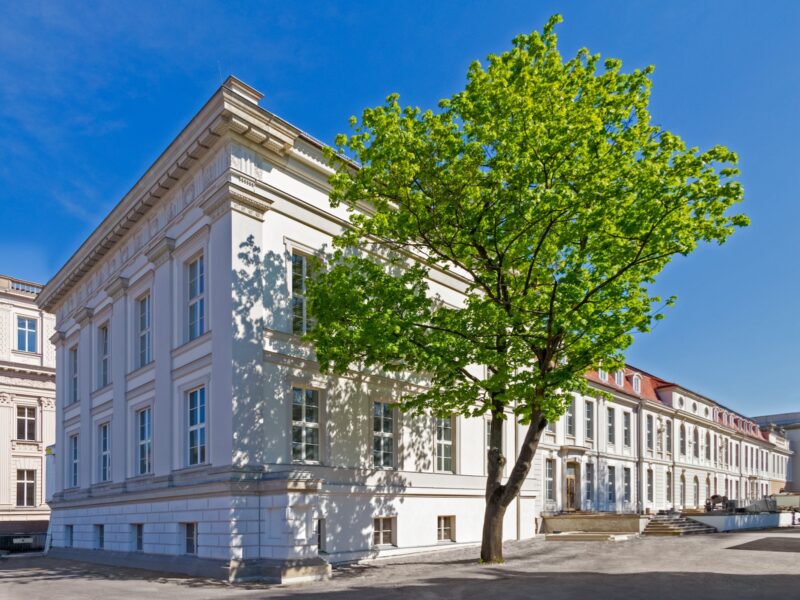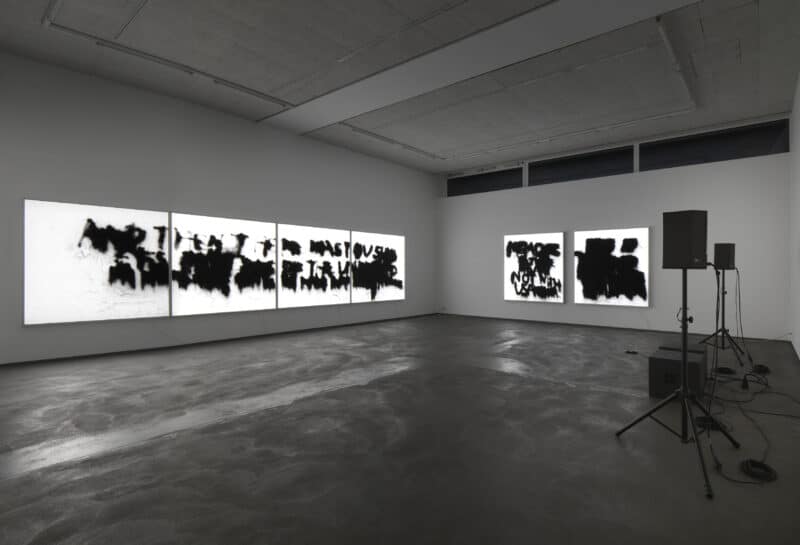
Galerie Max Hetzler is pleased to present an exhibition by Jesús Rafaël Soto in Zimmerstraße 90/91 from January 31 until March 7, 2009.
Soto (1923 – 2005), one of the most important Latin American artists from the 20th century, is widely regarded as a defining figure of kinetic art, of the 1950s. He lived and worked in Caracas and Paris. The three-dimensional pieces that will be on view feature examples of his work from different periods, ranging from 1964 to 1994.
Soto’s visual investigation implies a strict enquiry into the vibration of surfaces and the repetition of components. It aims at freeing him from the conditioning of traditional form and composition concepts in order to make an approach of pure abstraction possible. The method of programming serial works allowed him to carry out a work without end, by possibly repeating the repetition. He also explored the universe of “relations”, relations between components, materials and movement that always included the notion of space. Soto was interested in a visual dynamism that evolves through the movement of the viewer in front of the picture: “Space flows: nothing limits it (…) In fact it is space that is in control, it defines and sets conditions.” (Soto in an interview with Hans Ulrich Obrist, 2005)
The background of each work is painted with fine, regular, black and white stripes which generate an optical vibration. Eventually monochrome coloured metal squares are mounted onto the wooden plane within a certain distance. The resulting effect of light and shadow, as well as the colour contrasts, construct the composition. By incorporating space between the background and the squares, it becomes a three-dimensional object which changes according to the light and the position of the viewer.
In another series of works Soto used very thin sticks, which swing in front of the pulsating background. They are adjusted to non-visible threads hanging in front of the picture, and move minimally. As the sticks are slightly shifting in relation to the painted lines of the background, the picture achieves a vibrating lightness. In the series “Escrituras”, the wires seem to grow out of the work and create irregular swirling forms that resemble writings. The lines are more stable, allowing the impression of movement to evolve by the viewer’s change of perspective. Unlike other leading artists of kinetic art, Soto avoided stressing optical illusion through technically aided motion.
Soto was born in Venezuela in 1923. He died 2005 in Paris. His work is included in important public collections worldwide such as Centre Georges Pompidou, Paris; Solomon R. Guggenheim Museum and MoMA, New York; Tate Modern, London; Museo Nacional Centro de Arte Reina Sofía, Madrid; Museum Ludwig, Cologne; Sprengel Museum, Hanover; Staatsgalerie Stuttgart; Louisiana Museum, Humlebæk; Moderna Museet, Stockholm; Stedelijk Museum, Amsterdam and the LACMA, Los Angeles. In 1973, the artist founded the Museo de Arte Moderno Jesús Soto in his hometown Cuidad Bolívar in Venezuela, which includes his private collection of work by numerous artists.
This is the first exhibition of Jesús Rafaël Soto at Galerie Max Hetzler. The exhibition is presented in collaboration with the Estate of J. R. Soto, Helène Soto.






